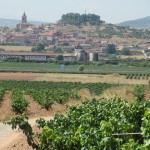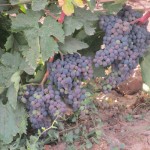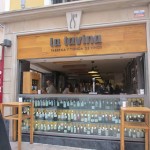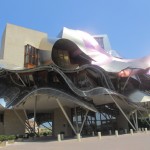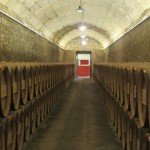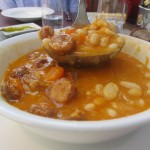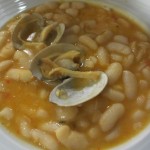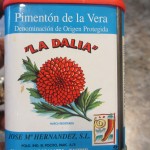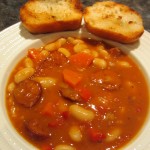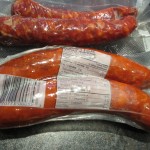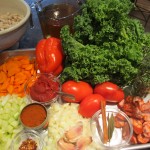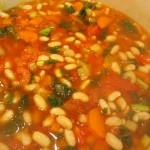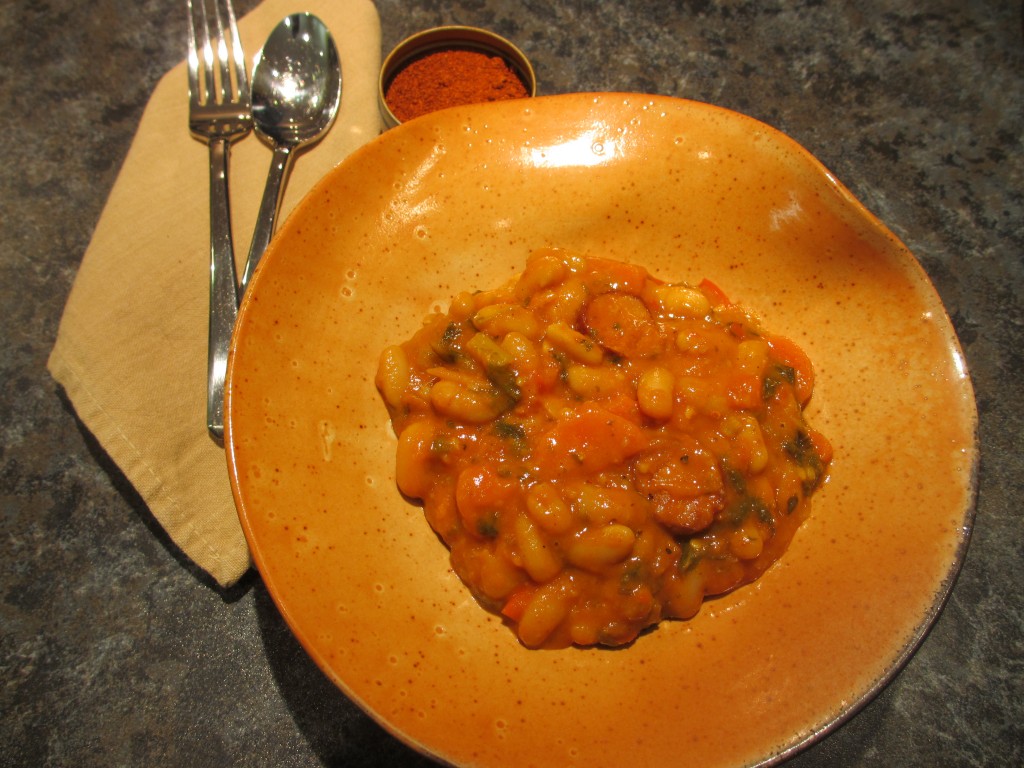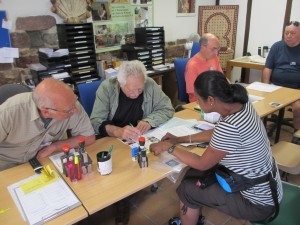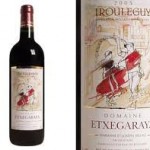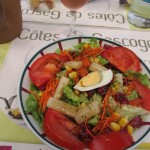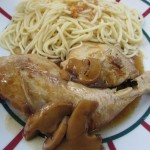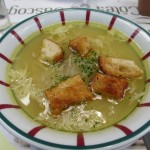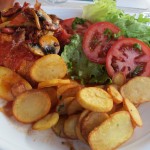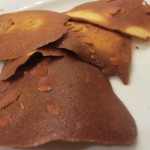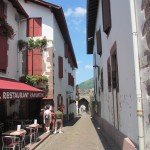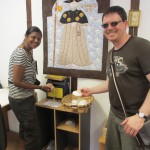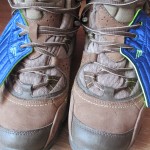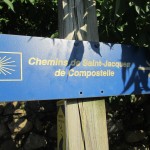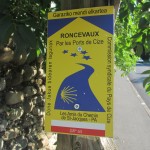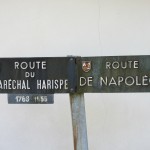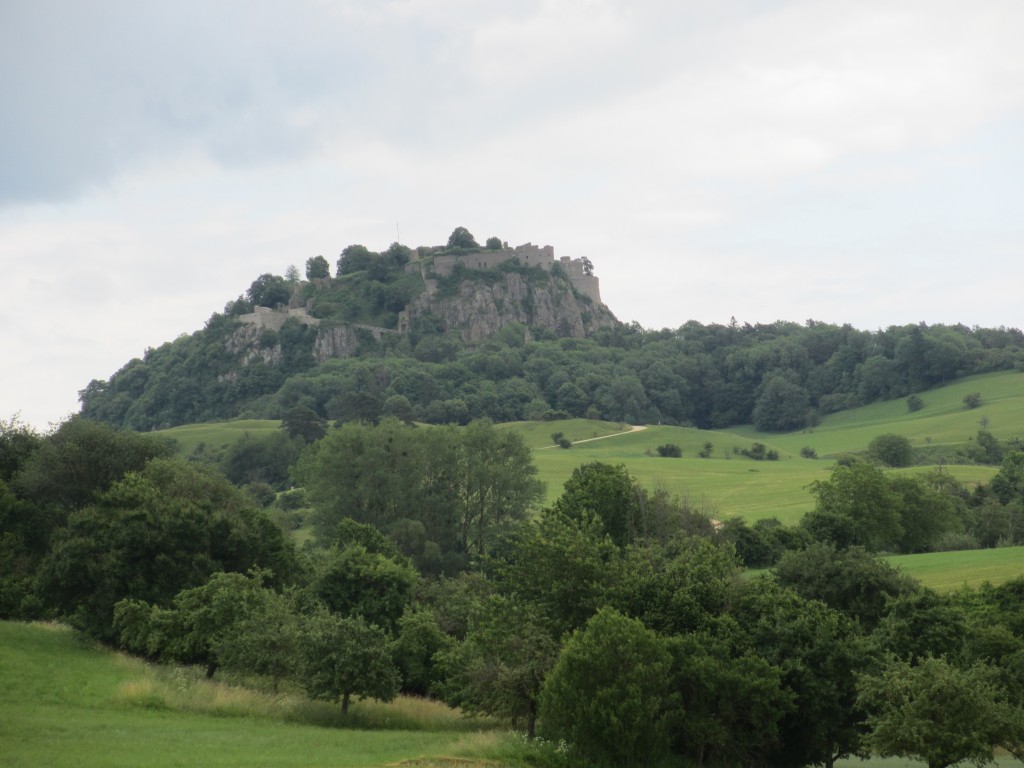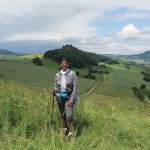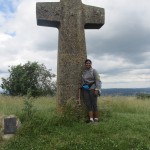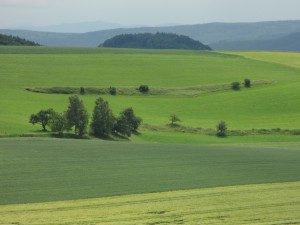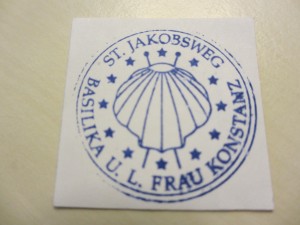Fabada – A Hearty Spanish Stew fit for the Winter!
I wanted to start the New Year with a dish from one of my favourite gastronomic countries in the world, Spain! I got married in Spain many years ago and been there almost dozen times. During the time I walked the Camino de Santiago in northern Spain last September, many times I was served a white bean stew with chorizo (cured Spanish sausage) called Fabada. It comes from the province of Austurias next to Galicia where it has the coast line on Bay of Basque. Spain has a rich gastronomic history that dates back centuries ago where people traveled to certain provinces just to taste certain dishes including traveling to Burgos for their blood sausage called Morcilla – made with pork blood, rice and spices that came from Moors influence. After Christopher Columbus traveled to the new world he brought back paprika to Spain. Soon chorizo took on a different take with spices from the new world. Today Spanish chorizo can be purchased in your local supermarkets as the food scene around the world has changed, thanks to food TV shows and internet for spreading the word.
I’ve seen variations of this dish either made with chorizo or clams. I fell in love with both versions as the stew made with chorizo has a smoky hearty taste due to the paprika and beef stock perfect for cold fall/winter nights sipping medium to full bodied red wines. I prefer the stew with clams for spring/summer made with chicken broth as it has a slight salty taste like the sea, perfect with sipping white wines.
Chef’s note: *After soaking the beans cooking them separately for 5 minutes, drain and using them for the recipe gives less or no gas. **I’ve also added kale to this recipe as some regions incorporates them when they are in season.
Prep time 15 min Cooking time 90 min Serves 8
Ingredients
4 cups low salt beef stock
3 cups white beans (navy beans) soaked overnight or soaked 8 hours & cooked 5 min & drained
300g sliced chorizo or *(dry cured sausage, you’ll need to add 1 tsp paprika)
3 cups chopped, washed and drained kale
2 cups chopped yellow onions
2 cups chopped carrots
2 cups chopped celery
1 large red pepper, chopped
4 gloves garlic, chopped
1 tsp grape seed oil or extra light olive oil
3 large plum tomatoes, chopped
3 tbsp tomato paste
1 cup red wine
1 tsp chili flakes
1 large cinnamon stick
2 bay leafs
½ tsp saffron threads (optional)
2 tbsp chopped fresh thyme or 1 tbsp dry thyme
1 tsp ground pepper
2 tbsp flour
Salt for tasting
Method
- In a small cup add saffron threads and tbsp of water and let it steep (better infusion of saffron)
- In a large dutch oven heat oil in medium heat and sauté the chorizo. *If you don’t have chorizo sauté dry cured sausage and add 1 tsp of smoked paprika when sautéing the onion
- Add onion, carrots and celery and sauté few minutes and add garlic, red pepper, cinnamon, bay leafs, chili and sauté well and add cup of wine and bring to boil
- Add white beans and mix well and add tomatoes, tomato paste and mix well
- Add thyme, kale and stock and bring to a boil
- Add saffron threads, ground pepper and bring it low heat
- Cover and cook for about 90 minutes until kale and beans are tender
- Add flour and mix well as it will help thicken the stew
- Serve hot with crusty bread
- Optional: * a glass of Rioja or other medium-full bodied red wine
Nutritional Analysis: 1 serving = 2 cups (480 ml): Calories 375; Carb 34 g; Fibre 8 g; Fat 16 g; Sat. F 6 g; Sugar 7 g; Protein 20 g; Sodium 780mg; Iron 4 mg, Potassium 1165 mg; Calcium 111 mg; Vitamin C 66 mg; Vitamin A 514

